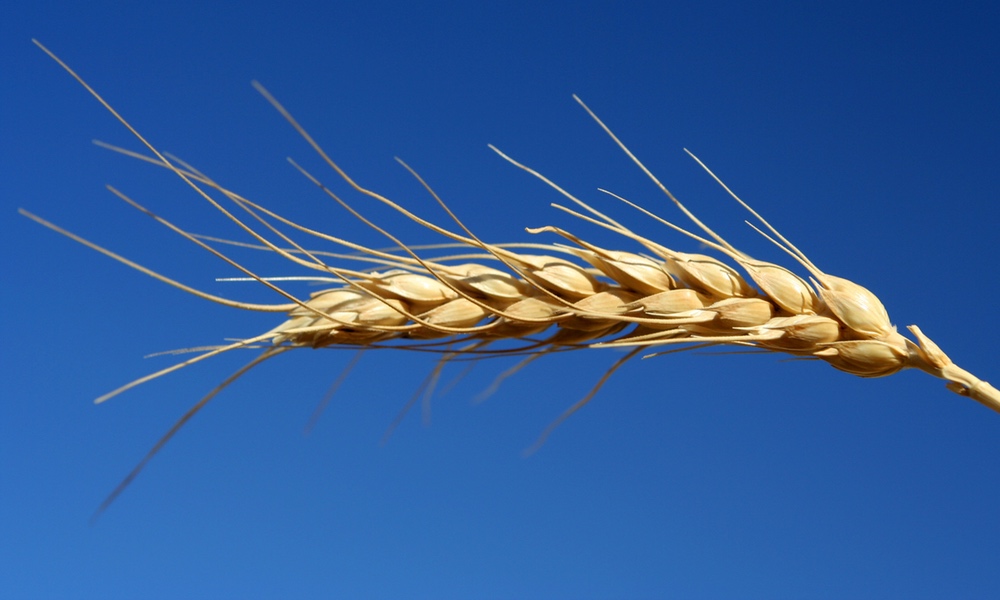Most of us know that whole grains are good for us. Eating plenty of whole grains has been linked to a lower risk of heart disease, type 2 diabetes and cancer. The current Dietary Guidelines for Americans recommend that half of all the grains we eat should be whole grains, but what exactly constitutes a whole grain is not common knowledge to many consumers.
Food manufacturers' marketing departments know this, too. That's why piecing together the information provided on a food package to choose a healthy, whole grain product requires a little detective work. You definitely do not want to simply accept the “whole grain” claims on the front of the package at face value.
Labels can be misleading, even deliberately deceiving, a new study finds and goes so far as to recommend that new food label regulations change to help consumers make healthier choices.Don’t be fooled by brown bread. Brown breads can be breads made with refined flour but colored with molasses or other added ingredients.
To test how effective misleading labeling might be when it comes to creating consumer misunderstanding about the whole grain content of foods, Tufts University and NYU School of Public Health researchers surveyed over 1,000 adults.
People were shown pictures of both hypothetical and actual food packages with various whole grain labels on the front, along with the nutrition facts label and ingredients list for each item. They were asked to choose the healthier options among hypothetical items and determine the whole grain content for actual food items.“Even people with advanced degrees cannot figure out how much whole grain is in these products.”
The packages of hypothetical food items had either no whole grain label on the front or were described as “multigrain,” “made with whole grains” or had a whole grain stamp. Actual food products packages displayed the real product markings such as “multigrain,” “honey wheat” and “12 grain.”
“Our study results show that many consumers cannot correctly identify the amount of whole grains or select a healthier whole grain product. Manufacturers have many ways to persuade you that a product has whole grain even if it doesn't. They can tell you it's multigrain or they can color it brown, but those signals do not really indicate the whole grain content,” said Parke Wilde, a food economist and professor at Tufts University, in a statement.
“Even people with advanced degrees cannot figure out how much whole grain is in these products,” she added. The results of this study provide a strong legal argument that whole grain labels are misleading and deceptive, according to co-author Jennifer Pomeranz of NYU School of Global Public Health.
Make sure the word “whole” is at the beginning of the ingredient list, as in whole-wheat flour, whole oats or whole-grain brown rice.
Misleading marketing helped change some of the regulations regarding labeling of “genetically modified or GMO” products. Hopefully, similar guidelines will add clarity to claims for whole grain content. Consumers need to be provided with better information in order to make better food choices.
The study is published in Public Health Nutrition.





